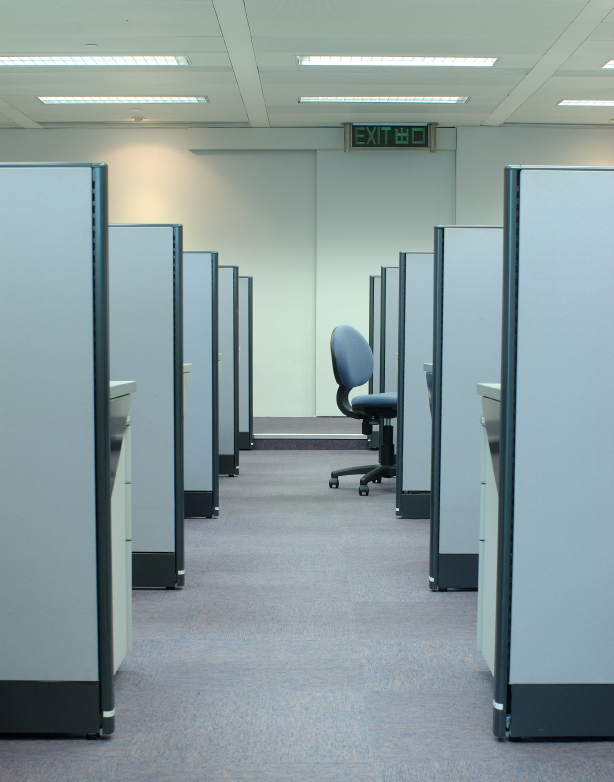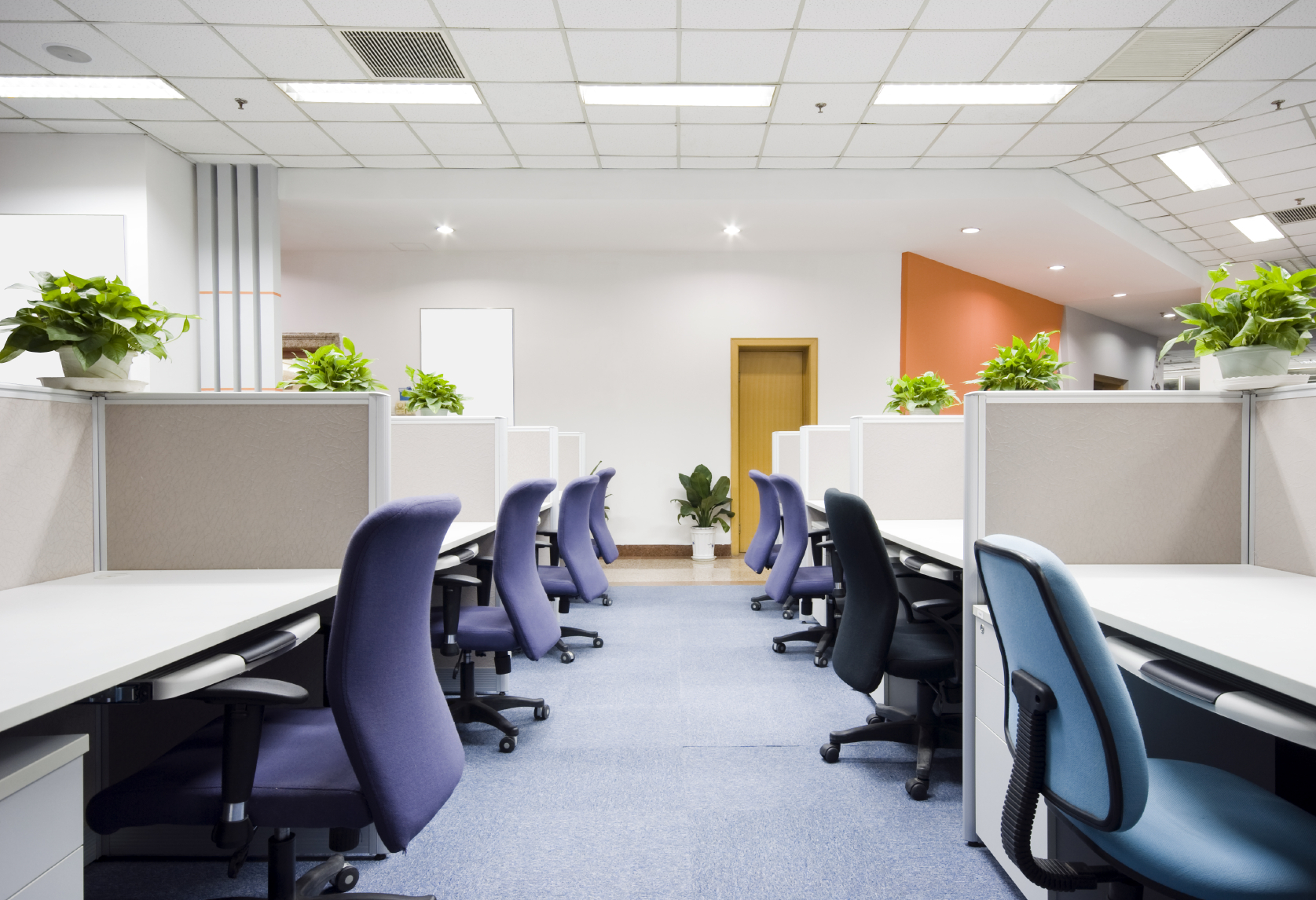
Things change fast in the working world. Where private offices and cubicles were once the order of the day, now open plan spaces rule and gone are the times when the only way you could communicate with your coworkers was by actually coming into the office. Now, you’re just as likely to work from a coffee shop or a co-working space as you are from your employer’s address.
To get the latest on what’s new in the world of workspace trends, we caught up with Joel Dullroy, journalist, cultural organizer and cofounder of Berlin-based coworking network Deskwanted.com.
What are you seeing right now for trends in office space?
The biggest trend in office space is wasted space, or how to mitigate it. Many companies are trying to figure out what to do when their workforce grows or shrinks rapidly. What they need to do is stop thinking of their offices as closed, private locations, and re-imagine them as open flexible shared locations that can generate revenue when not in full use. Any office can become a shared workspace. There is an ever-increasing number of freelancers and startups who are in need of flexible workspace for variable periods. Companies with underutilized office space can put those desks to use by renting them to outside individuals. It requires a change of mindset, and the help of Deskwanted, which is the portal they should use to rent out their empty desks.

What type of business should use a coworking space?
Our research shows us that half of all co-working space users are freelancers: individual self-employed individuals. The other half are entrepreneurs, employees of those entrepreneurs and employees of larger companies. The types of activities they undertake are mostly in the creative fields like graphic designers, web developers and PR agents. However, we’re also seeing industries previously considered too traditional for co-working signing up: lawyers, accountants and so on. There are plenty of startups in co-working spaces; they provide the flexibility to grow as your team expands.
Do larger companies, or more established companies, ever switch over to a co-working space? What should they keep in mind?
We know that 12 percent of co-workers are employees of companies with between 6 and 99 employees and an additional 7 percent are employees of companies with more than 100 workers. That means one in five co-working space users already belong to medium-to-large companies. Why are these people using co-working spaces? They want to enjoy the benefits of being in a collaborative environment with the potential to interact with other individuals and companies.
Big companies sometimes send teams to coworking spaces for offsite meetings and workshops. This lets them experience the buzzing energy of a shared workspace and offers a bit of inspiration. Companies also send workers to attend events at co-working spaces to pass out business cards and grow their networks.

They should keep in mind the two-way rule of collaboration; you don’t get something unless you give something. Big companies need to be open to interactivity and this often requires a change in corporate culture.
Even companies who don’t use co-working spaces are increasingly moving to open plan offices. What advice do you have for organizations who are switching from cubicles to open offices?
If big companies really want to bring co-working philosophies inside their offices, they should replicate one of the most important ingredients: the community manager. The best co-working spaces are ones which have dynamic managers who create events, bring people together and inspire interaction. That’s the special sauce that makes a co-working space feel so engaging. It’s not enough to just knock down the walls and make every desk a flexible working location. You also need to find an individual who has the skills to mix things up, bring people together and make things happen. We call these individuals community managers, and they are becoming increasingly important both in real physical locations as well as in online social networks.
What are the drawbacks to an open office plan, and how can businesses cope with them?
Noise is often a problem. Co-working spaces overcome this by supplying phone boxes where individuals can make private calls. Others use clever tricks like having a white noise machine to create a background level of ambient sound which strangely helps keep things quiet. Sometimes, though, you just have to use headphones to get on with your work. However, a bit of noise is a small price to pay compared to the benefits of collaboration and interaction.





